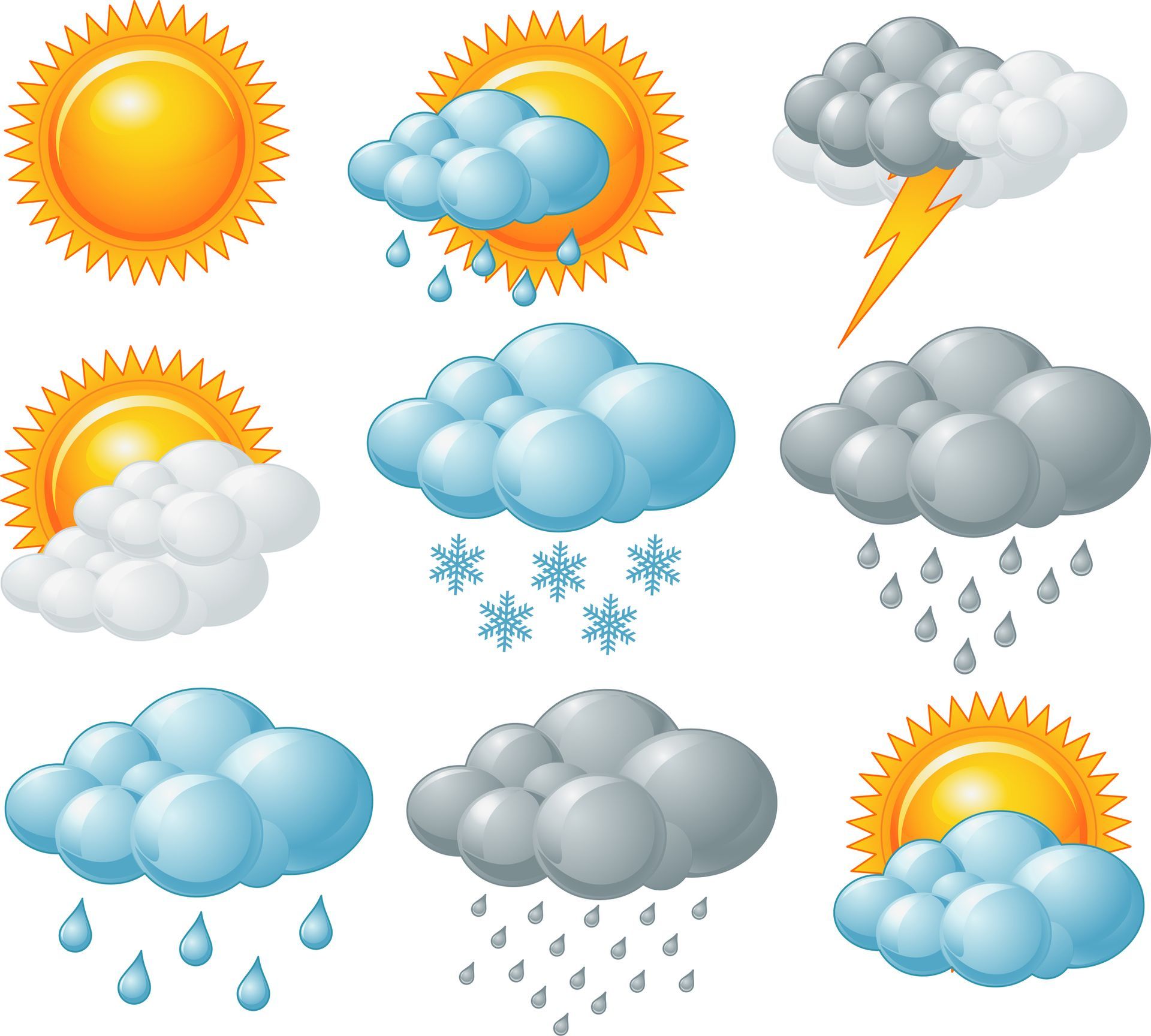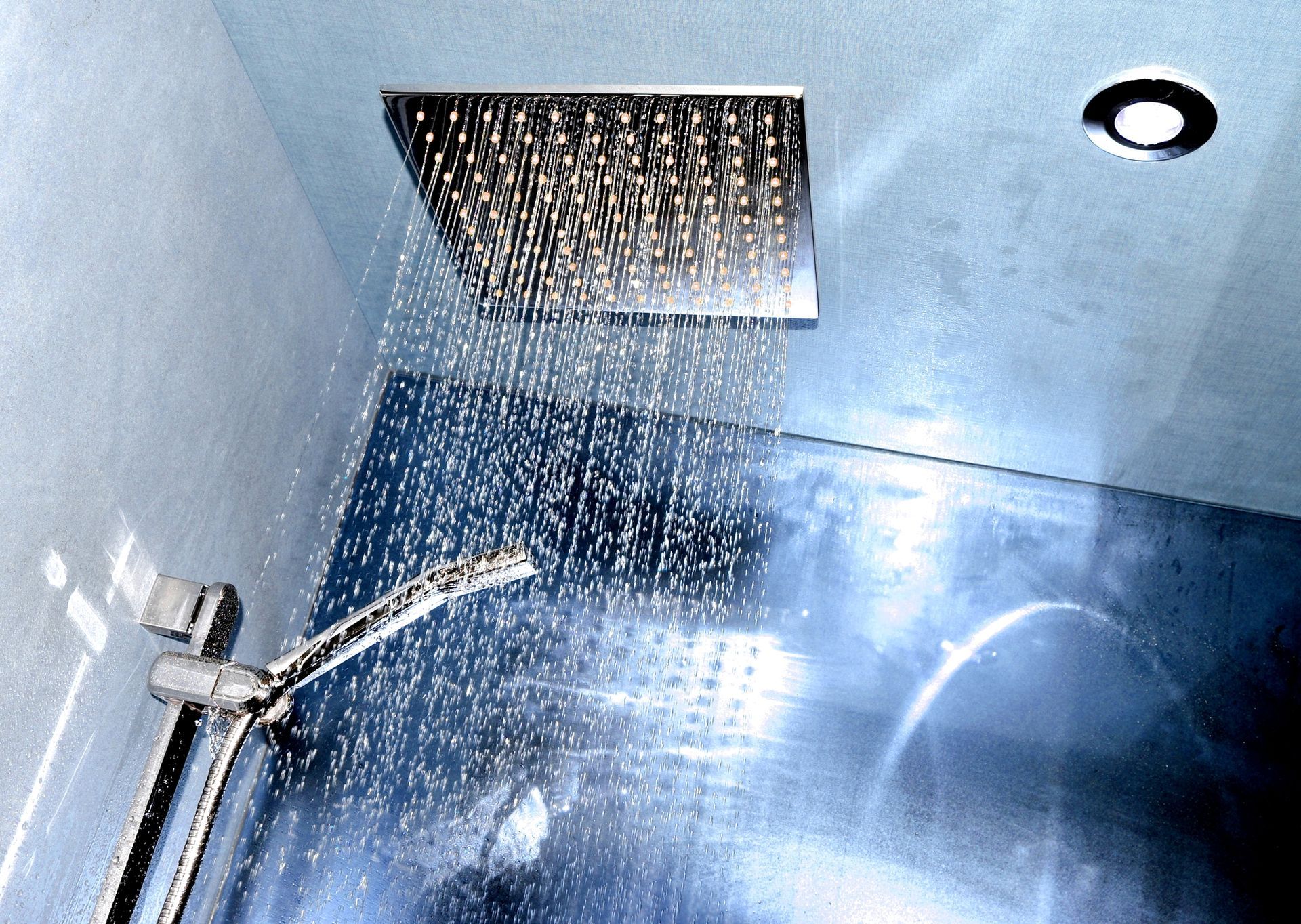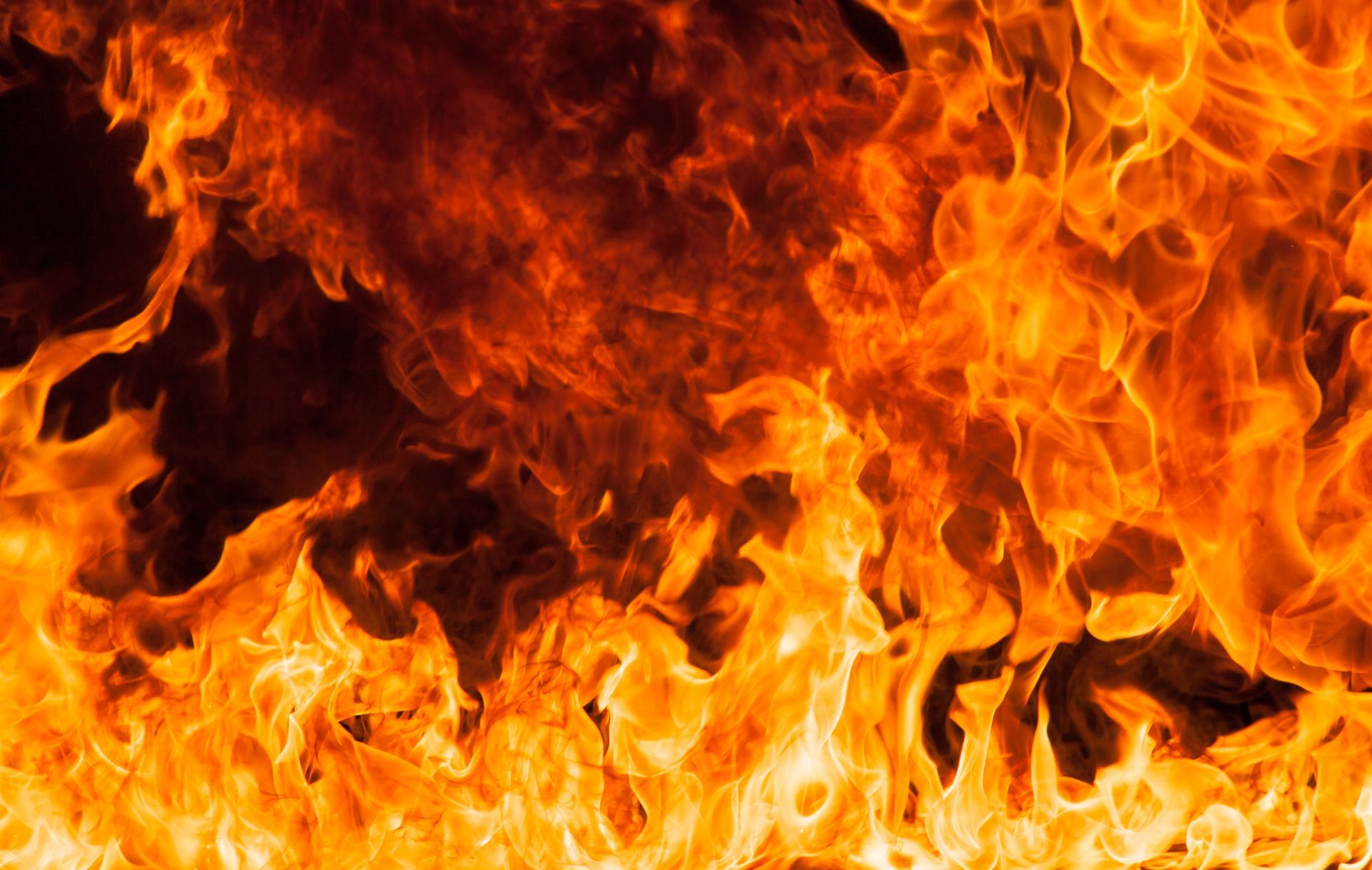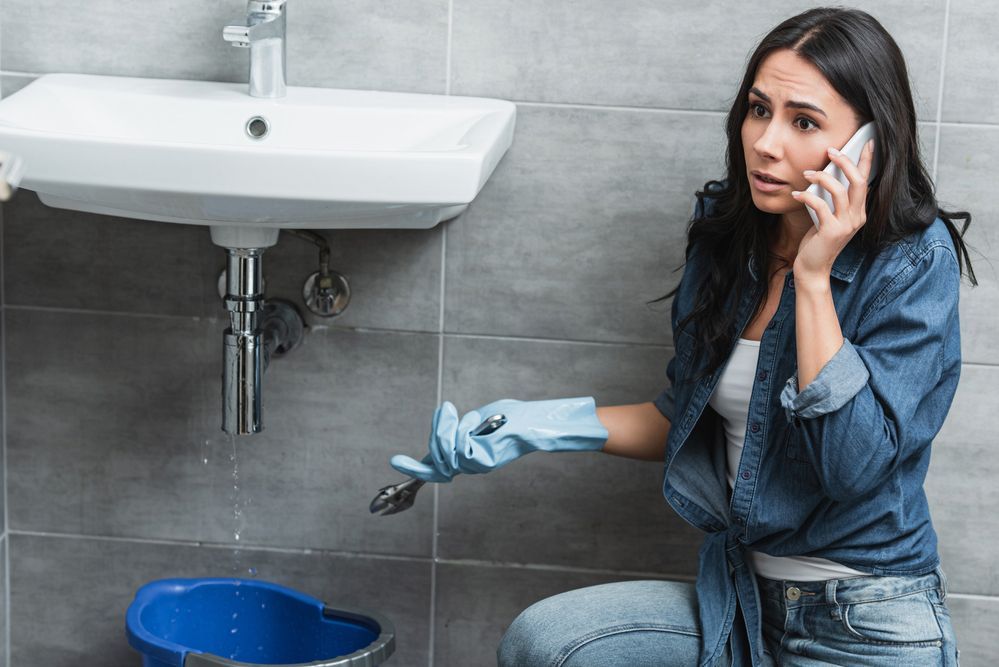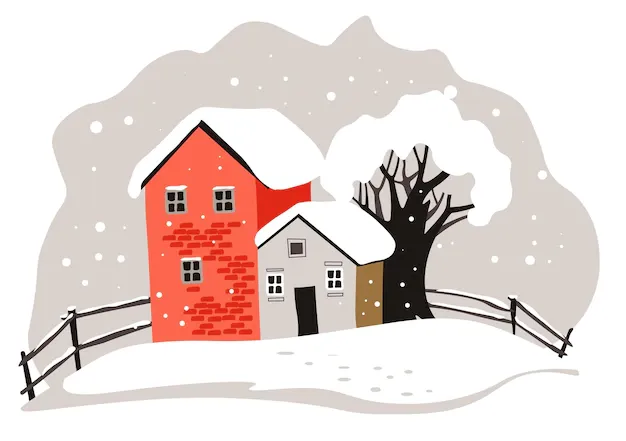What to Look for When a Pipe Bursts in the Basement
What to Look for When a Pipe Bursts in the Basement
- Eldersburg, MD
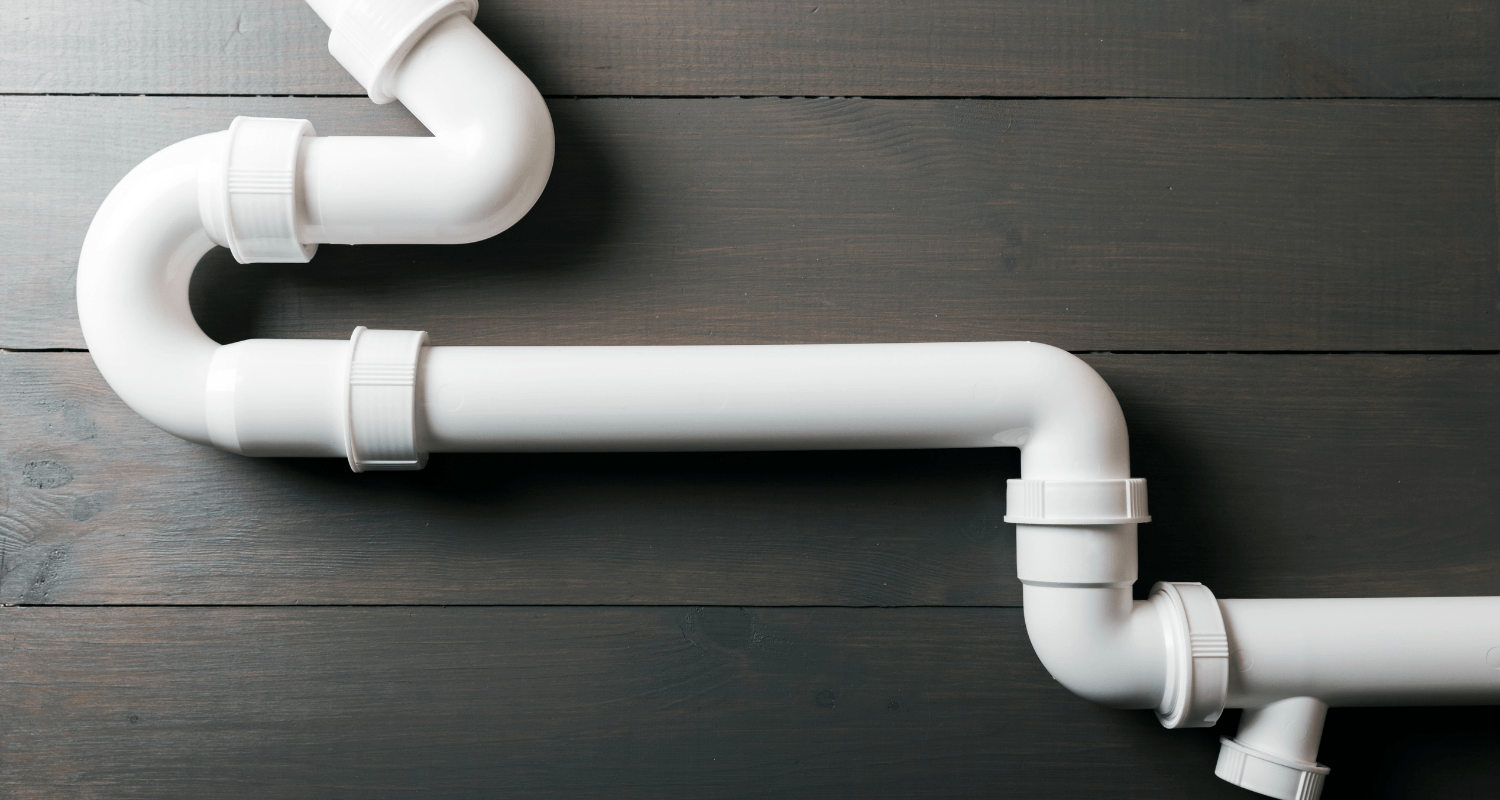
Broken pipes can occur in your home or business at any time. Because pipes are typically hidden from view, a broken leaky pipe can be difficult to detect, and if left unattended, it can cause serious damage that can be costly.
What Causes Pipes to Burst?
Pipes can burst due to freezing, installation issues, physical damage, or even rust. It only takes one tiny hole in the pipe to grow into a larger hole over time. Water damage to carpeting, drywall, or other areas of your home can be costly to repair. It is never a good idea to ignore signs of a possible broken pipe.
How to Spot a Broken Pipe
Detecting a broken pipe is critical for avoiding further costly damage to your home or business. Here are a few simple ways to spot a broken pipe in your home:
Water Pressure Variations
When washing your hands or taking a shower, you should always check the water pressure in your faucets. If you notice a drop in water pressure, it could be the result of a broken pipe. If the water pressure is extremely low, it is possible that water is leaking somewhere in the system. There may be no water coming out of the faucets if your pipes have frozen.
Water that has a bad odor or is discolored
If your water has a strange brown color or a bad odor, you have a burst pipe. When the water turns brown, it indicates that a pipe in the ground has broken. The pipe will rust over time, allowing dirt, bacteria, and other contaminants into the water, posing a health risk to you and your family.
If your water has a bad odor, such as that of rotten eggs, it could be a sign of a sewage leak, as hydrogen sulfide forms in sewer lines. It is critical that our plumbing professionals investigate this problem.
Strange Noises from the Pipes
Plumbing professionals install piping so that it is as quiet as possible. As a result, if you hear strange sounds coming from your pipes, it could be a sign of a leak. Whistling or bubbling sounds may indicate a leaking pipe.
Bubbling occurs when air enters sewer lines. Dented piping produces whistling sounds, and water attempts to pass through the small sections of the pipe. If you hear a dripping sound while the water is running, it means the leak is already present.
Below the Sink, There is Standing Water
The main way to tell if you have a leaking pipe in your home or business is to look for standing water beneath the sink. You should also look for wet carpeting and flooring as major indicators of a leak in your system.
Water Bill Is Expensive
If you notice that your water bill has suddenly increased without any significant changes in usage, you may have a leaky pipe that is causing excessive water consumption. This issue should be addressed as soon as possible to avoid further water damage.
Markings on Water
Watermarks on the wall are a major indicator of burst pipes. Because pipes are hidden behind the walls of your home or business, they will leave a mark if they break or leak. You may even notice that the wall is wet or squishy at times.
Problem with Exposed Piping
When pipes are left exposed, they are more likely to burst. These pipes are usually found beneath your sink or run through an unfinished basement. Look for ice, frost, and condensation as major indicators that the water inside the pipe has frozen or is about to freeze. If there are bulges in the pipe, this indicates that the water has already frozen and may burst.
How to Find a Leaky Pipe
By looking for puddles or dripping water around your property, you can easily locate a leaky pipe in your home or business. You may notice stains on your ceiling or drywall, or in the case of an exposed pipe, you may notice the location of the hole. There are, however, leaks that are difficult to detect because they are hidden behind the walls.
If you suspect a leak, you must first determine whether it is inside your home or business or outside in the water main. To test and check for a leaky pipe, make sure to turn off all water-using appliances and avoid using toilets or other sources of water while you are testing. The water meter will then be checked. Then, after a half-hour, check to see if it has moved at all. If it did, you've got a leak on your hands.
Next, determine whether the leak is inside or outside. First, the main valve must be turned off. Keep an eye on your meter; if it stops moving, it means the leak is inside. If it continues to move, the leak is located outside the house.
Finally, once you've determined that you have a leak, try to fully locate it by looking for any visible signs of it, such as near sinks, showers, or toilets. However, if you are unable to locate the leak, it is best to seek the assistance of a plumber. If the leak has caused damage to your home, you will need to contact Restoration 1 of Eldersburg to repair the damage.

